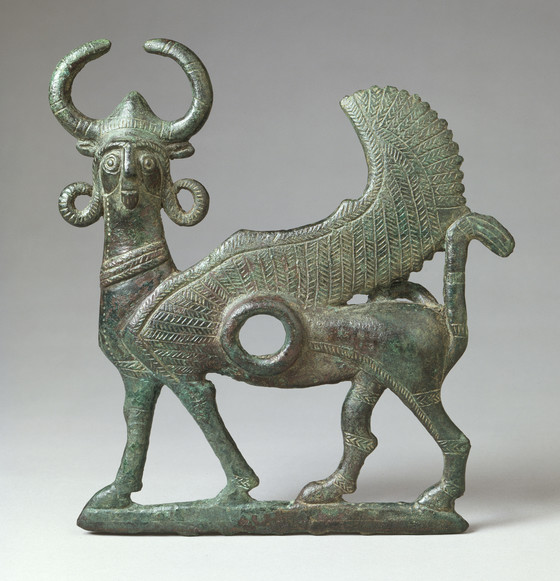Cheek Piece from a Horse Bit

Please log in to add this item to your gallery.
View comments
No comments have been posted yet.
Add a comment
Please log in to add comments.
Please log in to add tags.
* Nearly 20,000 images of artworks the museum believes to be in the public domain are available to download on this site.
Other images may be protected by copyright and other intellectual property rights.
By using any of these images you agree to LACMA's Terms of Use.
Cheek Piece from a Horse Bit
Iran, Bronze du Luristan, circa 1000-800 B.C.
Tools and Equipment; horse trappings
Bronze
7 5/16 × 6 9/16 × 3/4 in. (18.57 × 16.67 × 1.91 cm)
The Nasli M. Heeramaneck Collection of Ancient Near Eastern and Central Asian Art, gift of The Ahmanson Foundation (M.76.97.99)
Not currently on public view


